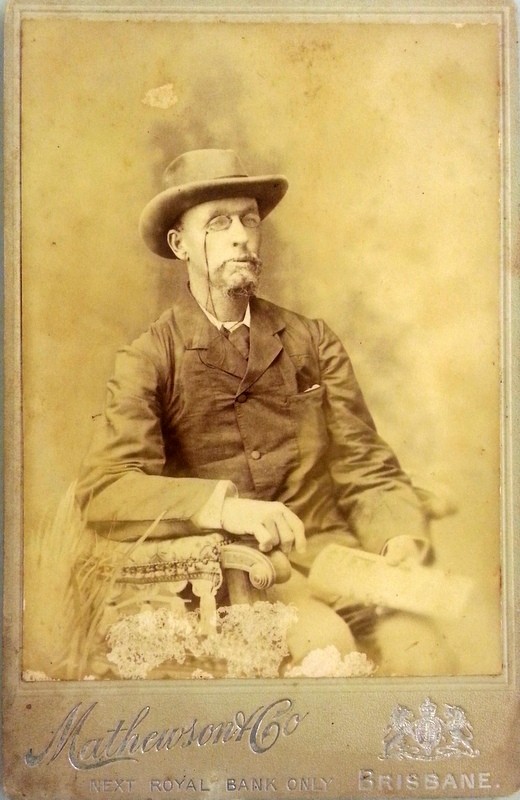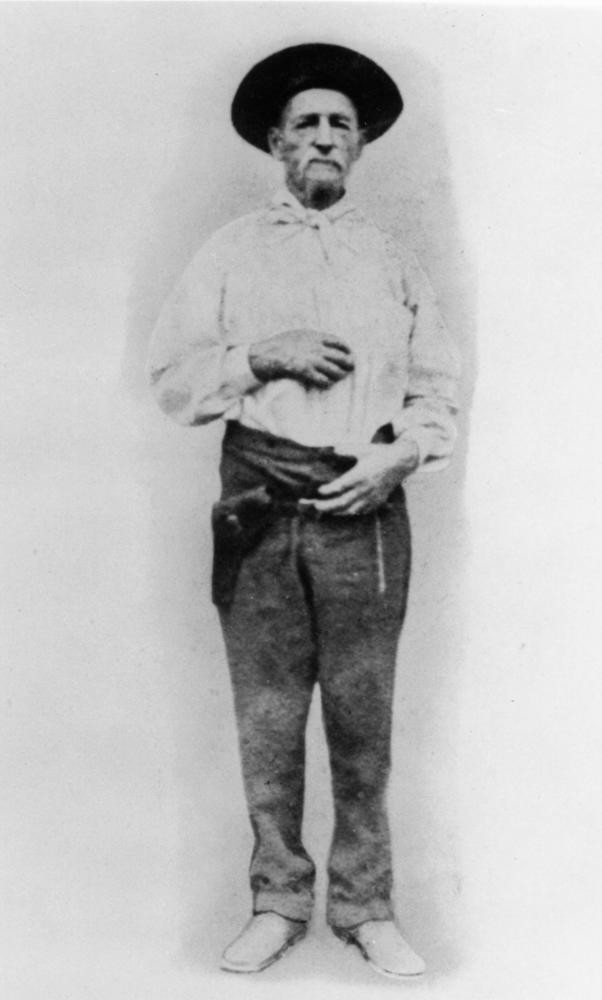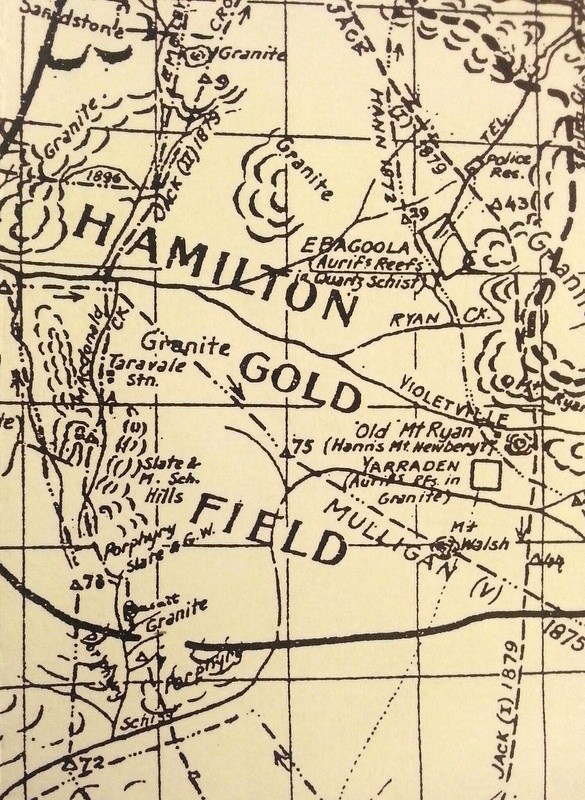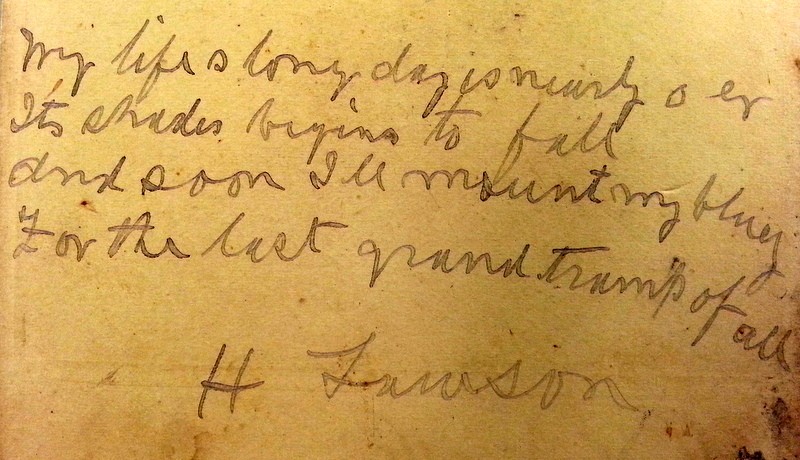John Dickie (1848-1924) was an early Queensland miner and prospector renowned for his bushmanship and ingenuity in remote Northern and Central Australia. Dickie, known as the 'Stringybark Fox', migrated to Australia from Scotland around 1870 and is recorded as being in Mackay in 1872. John Dickie married Grace McCready in 1875, however his early years in Queensland were mostly marked by hardship and tragedy. After a couple of unsuccessful farming endeavours and his own recurring bouts of illness, Dickie’s wife died from fever in 1885. Soon after he gave up their daughter, and took to a transitory, mostly solitary, life of prospecting.

Prospector John Dickie Portrait Photograph ca. 1900. John Oxley Library, State Library of Queensland
The next 40 years of his life were spent wandering much of North, Central and Western Australia and were marked by amazing feats of endurance, bushmanship and survival. Dickie spent most of the decade after his wife’s death prospecting in Far North Queensland, at one stage meandering on foot from Newcastle Bay at the tip of Cape York down to Coen and on to Cooktown, an estimated walk of over 1300 kilometres. However, in 1894 John Dickie set off on the journey that would lead to some considering him one of Australia’s finest ever bushmen.
In March of that year he set out with three horses from Croydon, traversing the Old Gulf Track across Northern Australia and reaching the Hall’s Creek District in Western Australia by July. From there he worked his way south and over the following year was recorded at Coolgardie, Fremantle, back at Coolgardie, and then Darlot. In winter 1896 he set out for undoubtedly the most arduous stretch of all, crossing roughly 1800 km of remote, inhospitable outback to Alice Springs, spanning both the Great Victoria and Gibson Deserts. This crossing had previously defeated attempts by experienced travellers, using camels, travelling from both the east and west. Dickie then continued on, passing through Cloncurry, Charters Towers and Ravenswood before eventually reaching the coast near Mackay in 1897.

John Dickie, miner, explorer and prospector. John Oxley Library, State Library of Queensland. Neg 19234
John Dickie had crossed the country in both directions, traversing some of the most extreme landscapes on earth, a journey all up of at least 10000 kilometres. Dickie often travelled by night to avoid the heat, regularly walked great distances to preserve his horses and lived on whatever nature served up to him, often surviving on lizards and snakes. His antics to avoid altercations with remote aboriginal peoples were eccentric but effective and have since passed into folklore. Employing a glow-in-the-dark, oil based paste he illuminated objects such as skulls and Chinese paper decorations, hanging them around his camps to ghostly affect as a way of scaring off intruders.

Excerpt from "Northmost Australia, Robert Logan Jack". The Hamilton Goldfield, discovered by John Dickie in 1898.
In addition to these great feats, Dickie did make significant contributions to prospecting and mining in Queensland, including the discovery of the Hamilton goldfield near Ebagoolah in 1898. A prospector to the very end, John Dickie died of fever in Innisfail, Queensland in 1924 aged 76 years old, a few days before he was due to set off on another expedition.
John Oxley Library has recently catalogued a Matthewson & Co. cabinet portrait of the Prospector John Dickie, ca. 1900 (see first image). This rare image of Dickie captures him looking tired and gaunt, yet pensive. The back of the photograph contains hand written verse mostly likely inscribed by Dickie himself. There are four lines of a traditional hymn and four lines by Henry Lawson that seem quite apt.
"My life's long day is nearly o'er
It's shadow begins to fall
And soon I'll mount my bluey
For the last grand tramp of all"

Henry Lawson verse on back of the John Dickie Cabinet Photograph, ca. 1900, John Oxley Library, State Library of Queensland
Further reading -
- Northmost Australia : three centuries of exploration, discovery, and adventure in and around the Cape York Peninsula, Queensland (v. 2) (chapters 94 & 95) by Robert Logan Jack
- The Wild West in Australia and America (v. 1) by Jack Drake
Comments
Your email address will not be published.
We welcome relevant, respectful comments.